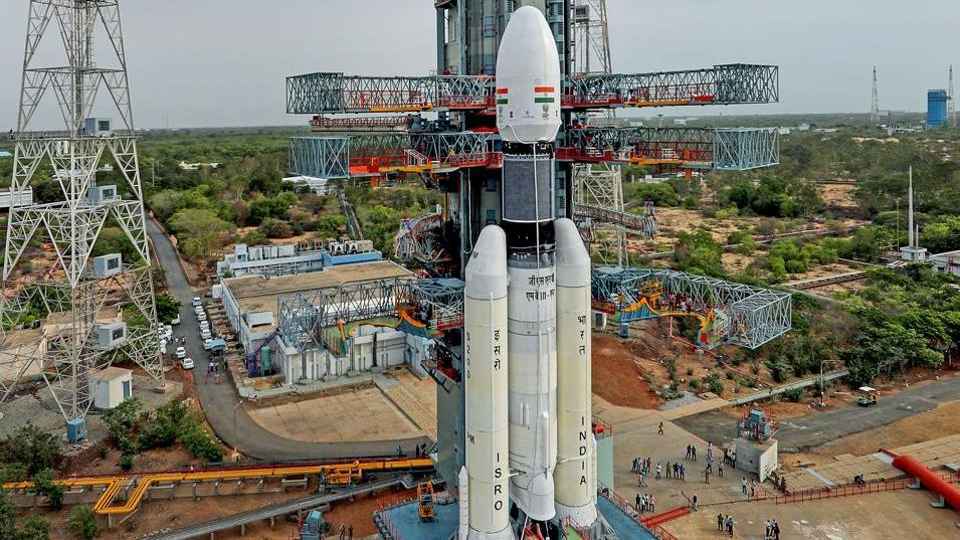Chandrayaan 2: How Lander ‘Vikram’ will touchdown on the lunar surface

After an unfortunate technical snag that held up the launch of India's second mission to the moon, ISRO is all set to launch Chandrayaan 2 on July 22. However, the toughest challenge of this mission will be landing 'Vikram', the lander, on the lunar surface. ISRO chief called this stage of the mission '15 minutes of terror' since it is an extremely tricky and essential phase in the mission. The lander has been named after Dr Vikram A Sarabhai, who is considered the father of the Indian Space Programme.
As reported by Livemint, Ajay Lele, a senior fellow at the Institute of Defence Studies and Analyses (IDSA), New Delhi, compares Chandrayaan 1 and 2 and states, "That (landing process in Chandrayaan 1) was a free fall, but this time, the landing has to be controlled. Huge velocity would be required when the Lander gets released from the Orbiter. Deboosting will be extremely challenging and ensuring that Lander lands softly and rover comes out".
With ISRO's first mission to the moon way back in 2008 the impacter was simply dropped from Chandrayaan 1, however, that is not the case this time around. According to Lele, attempting to enter the moon's orbit also poses significant challenges since the moon's orbital location is dynamic, therefore the timing needs to be perfect.
ISRO identified a site on the lunar surface between two craters – Manzinus C and Simpelius N which would be an ideal landing location, on the south pole of the Moon. On-board thrusters would have fire precisely when the moon came near the Apogee of Chandrayaan 2 (the spacecraft's farthest point from earth). The velocity would need to be reduced for lunar capture and that's when the spacecraft would be able to successfully enter the moon's orbit.
On the day of landing, 'Vikram' will detach from the orbiter and conduct a series of actions that comprise of rough and fine braking. Yet another hurdle could present itself when the engines fire close to the lunar surface and lead to a backward flow of hot gases and dust. Deployment mechanisms and the functioning of the solar panels and engines could be compromised by the dust which would stick to most surfaces on the spacecraft which they carry a negative charge.
At such massive distances, radio signals will be extremely weak and there would be a lot of background noise as well. It is critical to make sure that the landscape features do not create communication shadow areas.
After all of these intensive processes, the lander will softly settle on the lunar surface, following which, 'Pragyaan', the six-wheeled rover will exit the spacecraft and explore the moon's surface and its mineral composition for a period of 14 earth days or one lunar day.
Dhriti Datta
Perpetually sporting a death stare, this one can be seen tinkering around with her smartphone which she holds more dear than life itself and stuffing her face with copious amounts of bacon. View Full Profile




